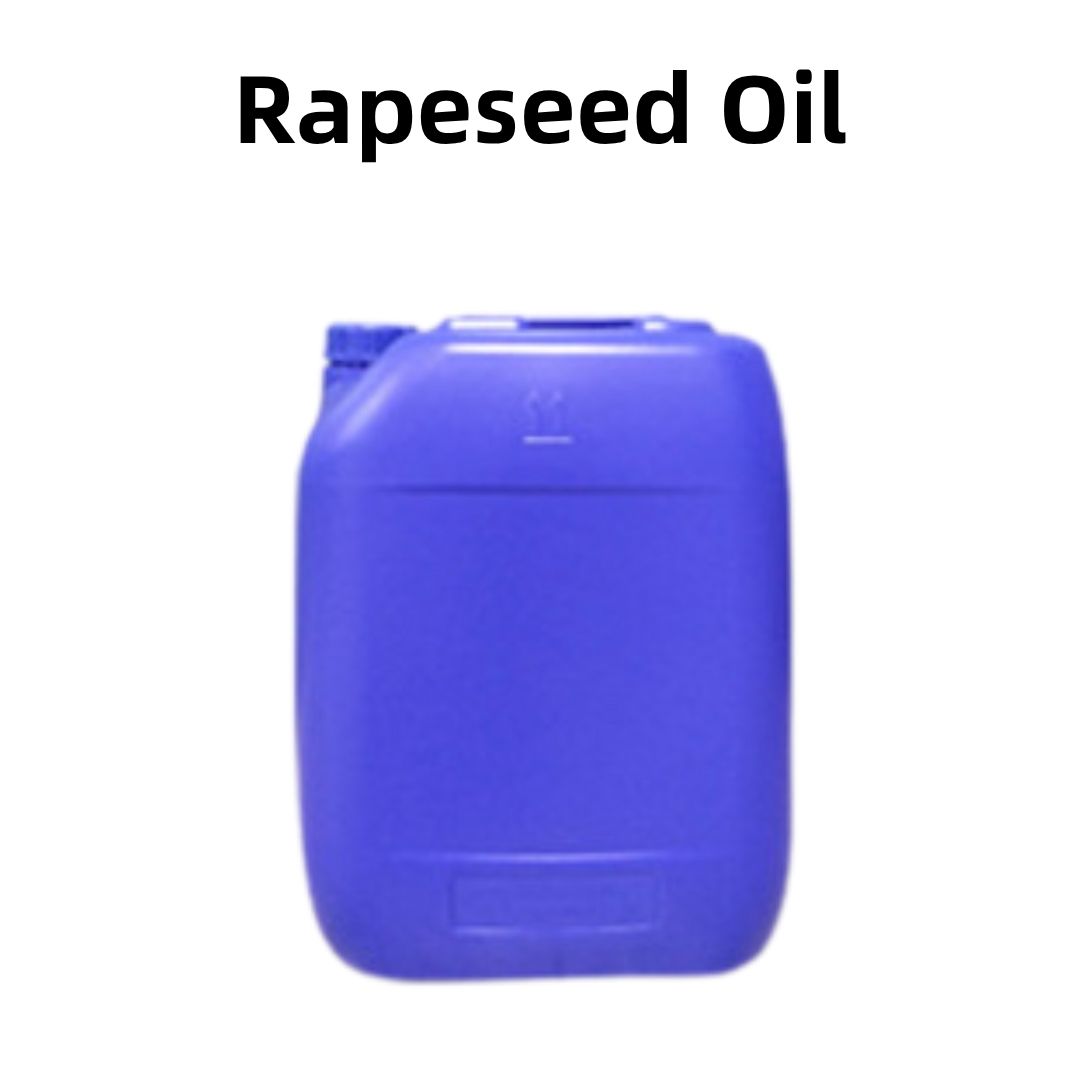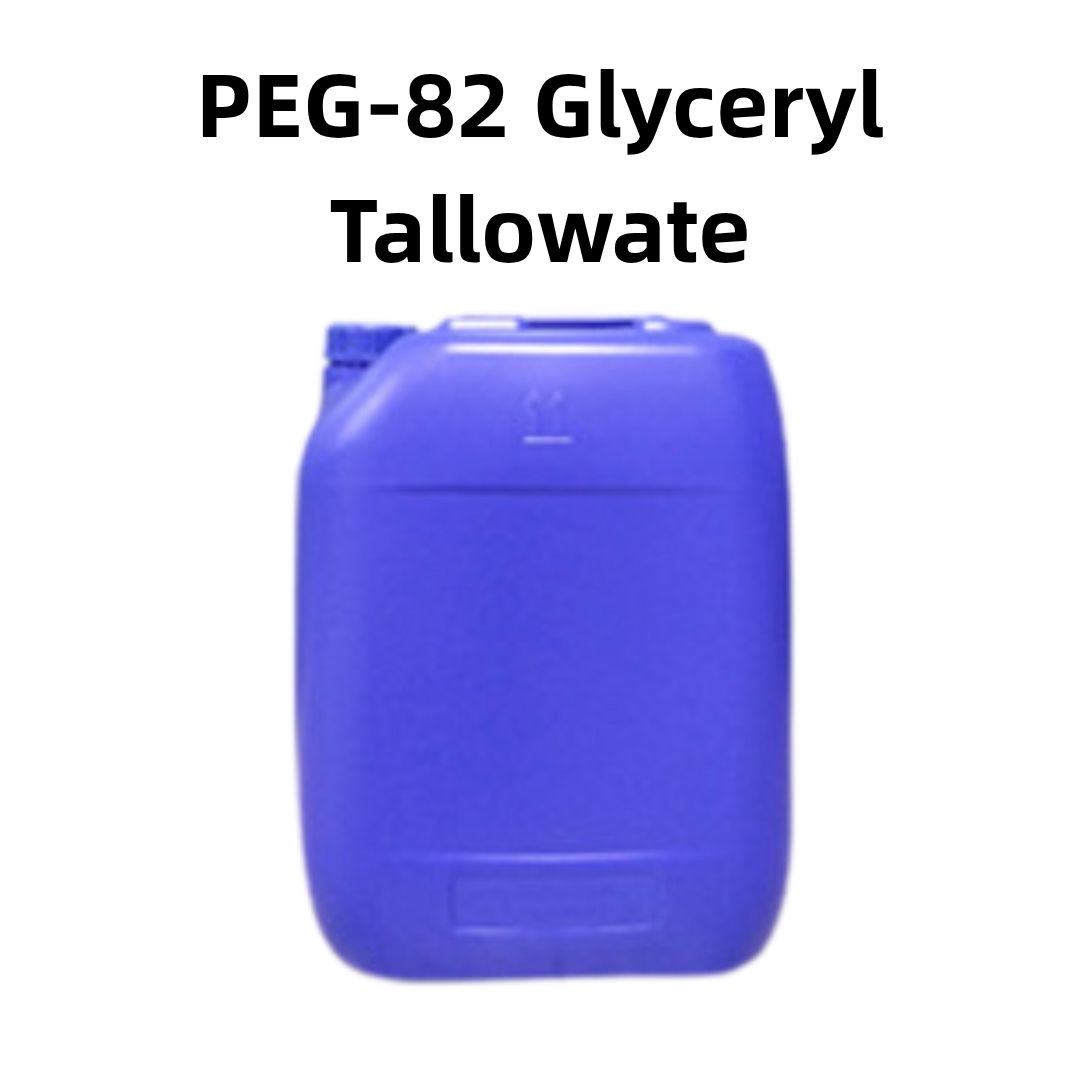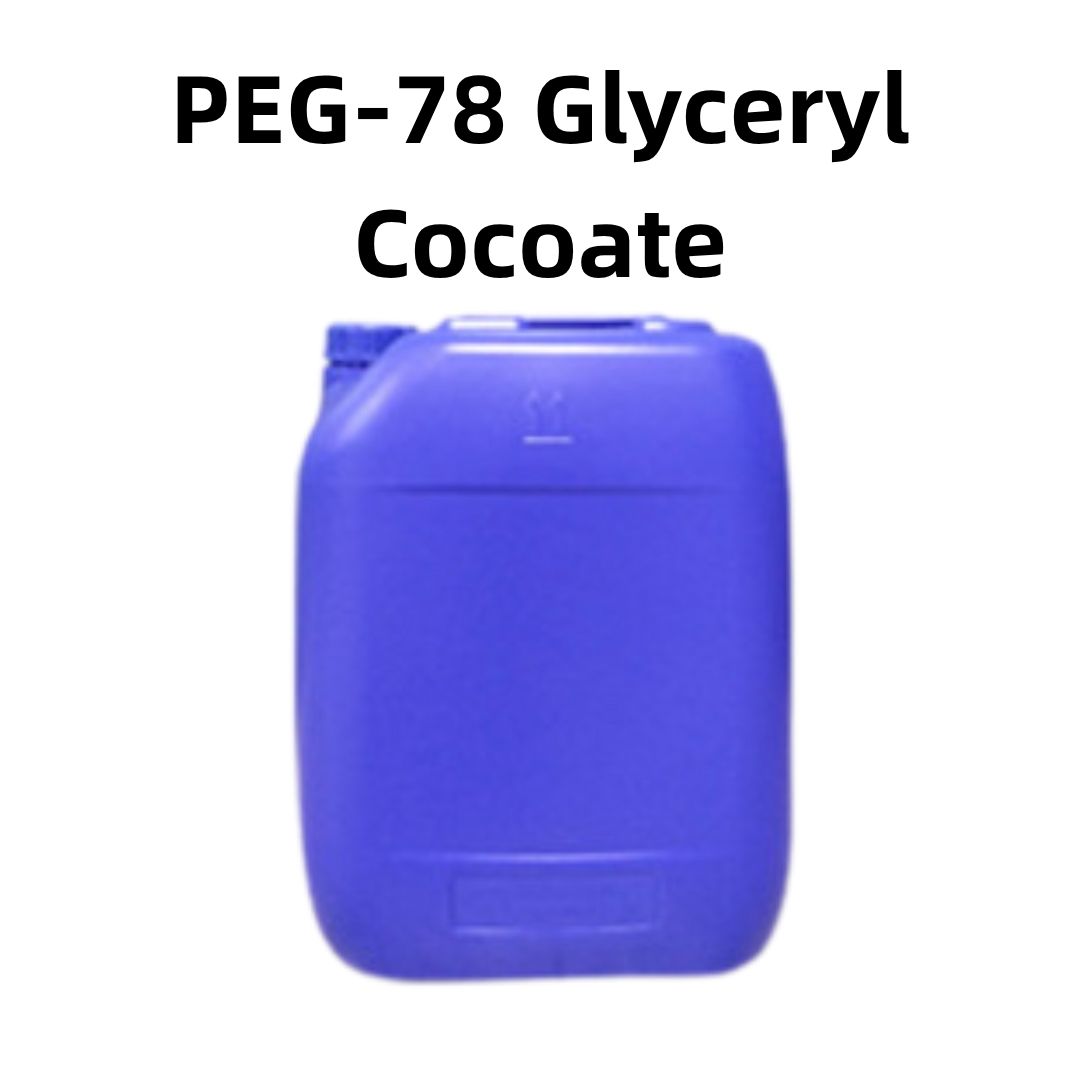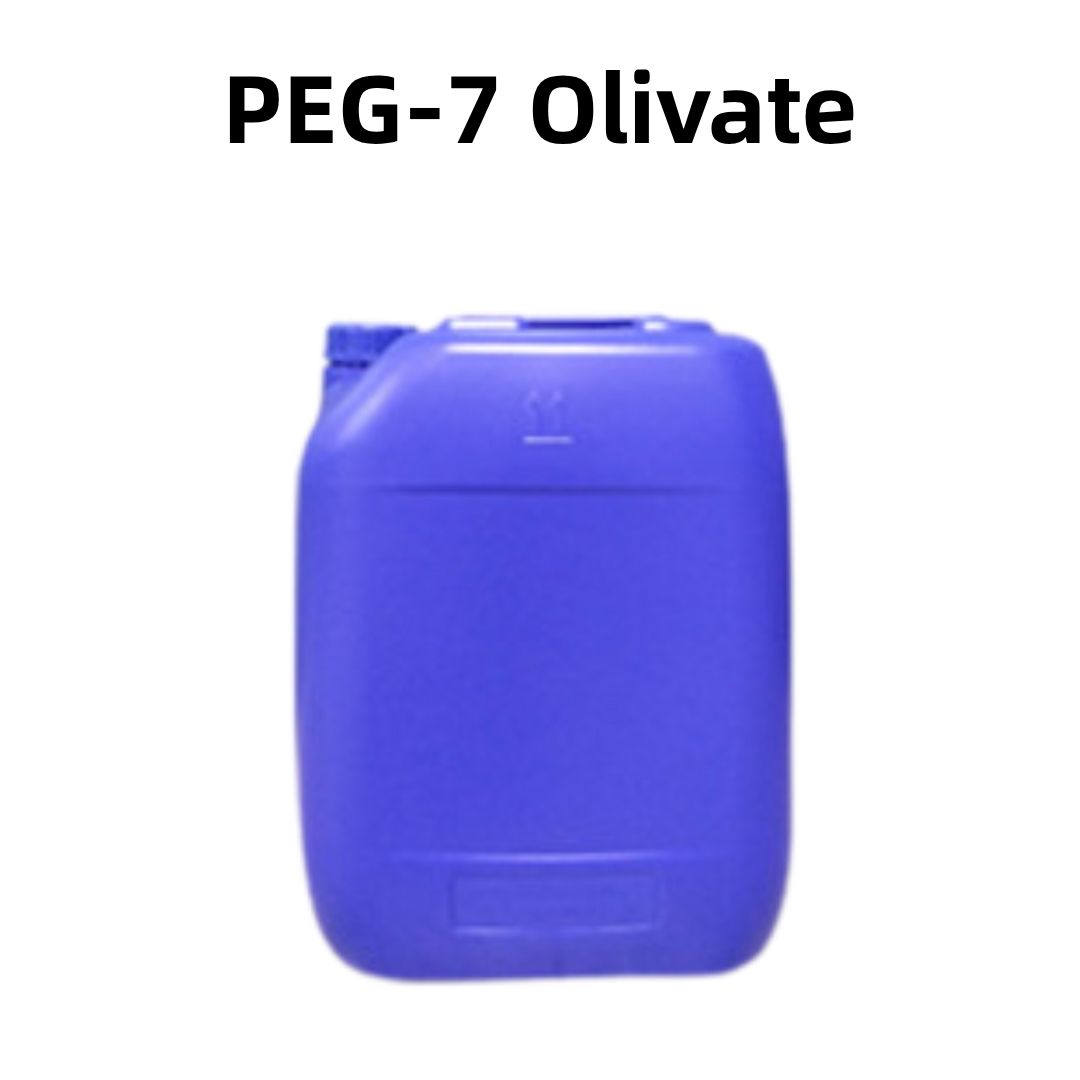Product Introduction
Sodium hyaluronate is the sodium salt of hyaluronic acid, a naturally occurring polysaccharide found in connective tissues, skin, and synovial fluid. Known for its remarkable ability to retain moisture, sodium hyaluronate has become a popular ingredient in skincare and cosmetic products. Its structure allows it to penetrate the skin effectively, providing hydration and enhancing elasticity. This compound is recognized not only for its cosmetic uses but also in medical fields, particularly in ophthalmic surgery and as a joint lubricant.
Production Process
The production of sodium hyaluronate typically begins with the fermentation of bacteria, specifically Streptococcus zooepidemicus. These bacteria produce hyaluronic acid through a fermentation process, which is subsequently extracted and purified. The purification process involves precipitation and filtration steps to obtain a high-quality product. Finally, sodium hyaluronate is derived by neutralizing hyaluronic acid with sodium hydroxide, resulting in a stable and soluble form suitable for various applications.
Efficacy and Function
Sodium hyaluronate excels in moisture retention, capable of holding up to 1000 times its weight in water, which makes it a key ingredient for hydration in skincare products. It helps to maintain skin elasticity, reduce the appearance of fine lines, and promote a plump and youthful appearance. Additionally, it has soothing properties that can alleviate skin irritation and redness. Beyond skincare, sodium hyaluronate is utilized in medical applications to provide relief for joint pain and to aid in eye surgeries.
Application Scenarios
Sodium hyaluronate is widely used in facial serums, moisturizers, and anti-aging creams due to its hydrating properties. It is also found in lip products to enhance fullness and gloss. Furthermore, this compound is utilized in dermal fillers to achieve a volumizing effect in cosmetic procedures. Its applications extend into the medical field, where it is used in products for treating osteoarthritis and as a lubricant in surgical procedures involving the eyes.
Packaging and Transportation
- Storage Conditions: The product should be sealed, protected from light, kept away from high temperatures, and stored in a dry, cool, and well-ventilated place.
- Packaging: Bulk packaging is 25kg per drum, sample packaging is 1kg per bottle, and custom packaging is available upon request.
- Shipping Methods: FedEx, DHL, dedicated logistics, and sea freight consolidation.
- Shelf Life: Two years.
Monica Sun’s expertise in the cosmetic ingredients industry spans emulsifiers, active components, and plant-based raw materials development and application. She is dedicated to integrating science and nature, providing high-performance and eco-friendly ingredient solutions for skincare and personal care products.

















